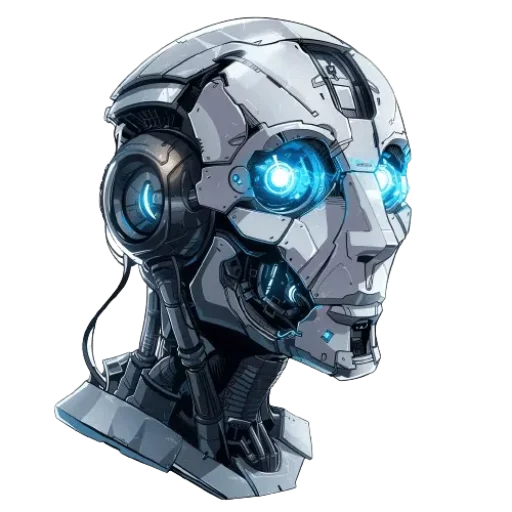Key findings
Generative artificial intelligence (GenAI) is set to impact, rather than transform, the work of Ambulance Drivers and Attendants.
Blue-collar workers in this field are unlikely to be automated due to the physical nature of their tasks.
The growth in demand for premium services will likely increase the need for these workers, potentially leading to higher income shares.
While some skills may be automated in the future, tasks such as active listening, critical thinking, and judgment and decision making are essential to this job and are not easily replicable by AI.
As technology advances, automation may streamline certain aspects of the work, but the core responsibilities of Ambulance Drivers and Attendants will remain largely unaffected.
How could AI or automation replace or complement job activities?
While AI, automation, or LLMs like Chatgpt could enhance certain aspects of the job of transporting patients, they may not fully replace the crucial human touch needed in emergencies.
These technologies could improve record-keeping, inventory management, or vehicle maintenance.
For instance, they could streamline reporting processes and inventory tracking for ambulance drivers and attendants, ensuring efficient operations.
Job description
Assist in driving an ambulance or help the ambulance driver transport sick, injured, or recovering individuals. Aid in lifting patients when needed.



0 Comments